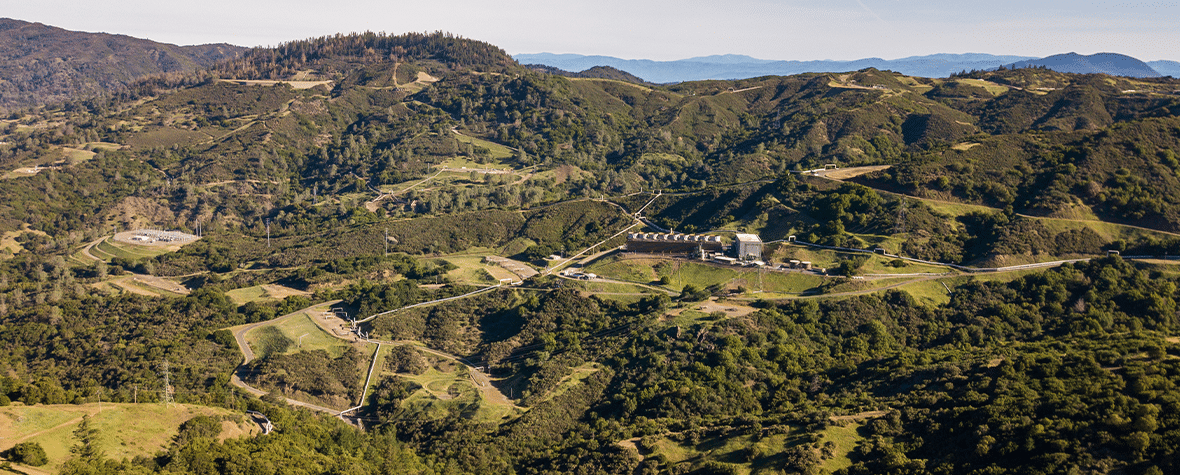In the next installment of our Empowering Electrification series, we explore how electrification is transforming agriculture and becoming a creative solution for rural communities. From electric-powered farm equipment to battery storage, electrification is helping farmers and rural communities save money, keep the lights on, and reduce emissions.
Rural Communities
MCE’s service area includes several rural and semi-rural communities including small towns, unincorporated areas, and agricultural regions. These communities are prone to recurring power outages due to aging infrastructure, extreme weather, and maintenance issues. Outages leave a significant impact on the community, with some businesses having to close and residents missing out on essential services due to lack of electricity.
Electrification is a creative solution to these challenges. By installing a backup battery storage system generated by solar at critical facilities like community centers and schools, residents can have access to power for essential operations like air conditioning and charging devices. In partnership with MCE, the Bolinas Community Center in West Marin recently installed battery storage to provide residents access to power during emergencies. Expanding projects like this could help rural communities thrive.
Electrification
Agriculture accounts for 10% of U.S. greenhouse gas emissions, but many farmers and ranchers are working to reduce their environmental impact through conservation efforts, contributing to a reported 1.8% decrease in emissions from the sector.
One innovative example of this is Monarch Tractor, a Livermore based company that makes the MK-V tractor, the first fully-electric, driver-optional smart tractor. Electric farming equipment can offer farmers a cost-effective way to reduce fuel and maintenance costs. With rising diesel prices, electric tractors provide savings by eliminating fuel expenses. Electric equipment also has fewer moving parts, which requires less maintenance and reduces emissions. The driver-optional feature helps save on labor costs.
Agrivoltaics
Another strategy farmers are adopting is agrivoltaics, which combines agriculture and solar energy production. By installing solar panels on farmland, farmers can continue agricultural practices such as sheep grazing or crop development while simultaneously generating renewable energy. MCE’s Fallon Two Rock solar project is an example of this. Project developer Renewable America partners with local rancher Joe Pozzi to provide sheep grazing for ground cover maintenance at the project site. This helps to reduce fire risk, recycle nutrients back into the soil, manage vegetation overgrowth, and promote plant diversity.
Electrification can also support wildlife. Since 2020, MCE requires pollinator-friendly groundcover at all solar projects being built on land for MCE customers. The vegetation provides habitats for pollinator species like bees, butterflies, and birds. MCE has eight projects with pollinator-friendly groundcovers in progress, including five projects in MCE’s service area. With over 200 megawatts of clean power and an additional 152 megawatts of battery storage, these projects support critical habitats while generating enough power for over 87,000 homes each year.
The livelihoods of those in the agriculture industry are closely tied to the health and productivity of the land, and we all depend on the food and fiber that agriculture provides. Without a functional agricultural system, our daily lives would be drastically affected. By adopting sustainable practices the agriculture sector will ensure a thriving future for us all.




